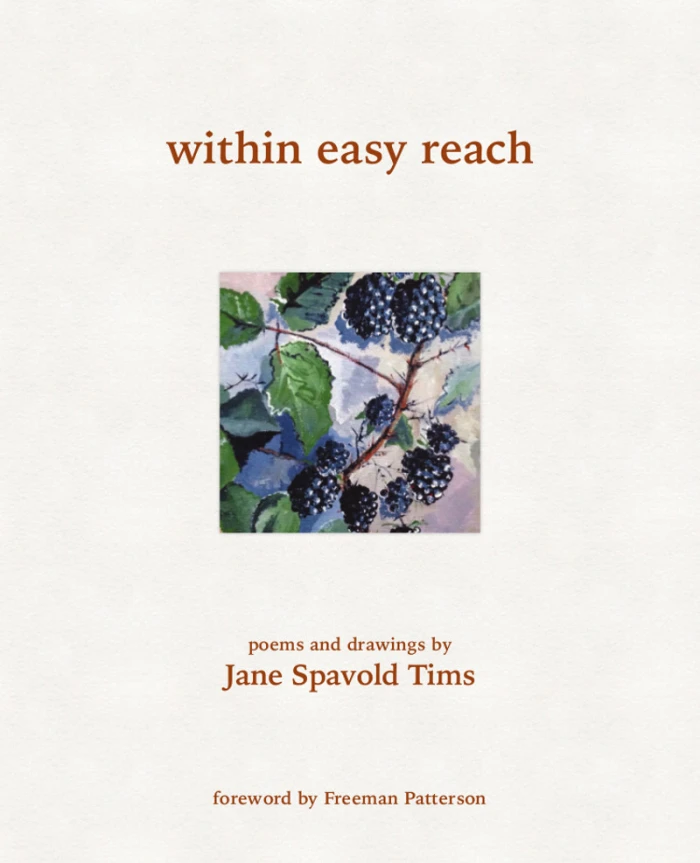limits of the tide #1 – edible plants
Last week, our travels took us to the edge of the sea, where I looked for more edible wild plants. I found what I was looking for at Oak Bay, near St. Stephen. At the end of a little-used road, we came out on a gravelly spit of land jutting into the Bay.

mid-tide at Oak Bay… at high tide, most of the foreshore will be covered by salt water… at low tide, the clam-flats will be exposed
There, on the shoreline, were four plants to add to my larder of edible wild.
Three of the species formed a small community near the upper reaches of the shore: Seaside Plantain, Sea-blite and Samphire. All three are in the photo below… can you find them?
The Seaside Plantain (also known as Goosetongue) is the dense clump of long, thick, linear leaves in the photo above…
The Sea-blite is just starting to grow. Later in the season it will be as large or larger than the Seaside Plantain. In the enlargement below, Sea-blite is the small green plant to the right of the clump of Seaside Plantain…
The Samphire is also very small this time of year. Later it will be as large as the Sea-blite or Seaside Plantain. In the photo enlargement below, it is at the base of the clump of Seaside Plantain, at exactly 6 o’clock.
The fourth edible plant at Oak Bay is Orach. It grows on the upper shore, above the Seaside Plantain and beyond the limit of the tide. These plants often grow together along the coast, on salt marshes, tidal flats, dykelands and beaches.
Since the plants were not plentiful and not yet ready to pick, I took only one plant of each, for my drawings. I also took a bite of each type of leaf. Although there are subtle differences, all four were crisp and salty in flavour, a delightful nibble of the salty sea.
These are just a few of the edible plants living in coastal areas of New Brunswick. Over the next posts, I will explore these four species and a few others.
© Jane Tims 2012
Warning: 1. never eat any plant if you are not absolutely certain of the identification; 2. never eat any plant if you have personal sensitivities, including allergies, to certain plants or their derivatives; 3. never eat any plant unless you have checked several sources to verify the edibility of the plant.























I was reassured by your close-up pics after I could only find one kind of plant at first! I would never have thought of eating a leaf. Clearly, there are a myriad of surprises in nature just waiting to be discovered. Thanks, Jane.
LikeLike
Jane Fritz
June 26, 2012 at 11:24 pm
Hi. Some of the plants are very small and easily overlooked. Jane
LikeLike
jane tims
June 29, 2012 at 8:48 pm
Very interesting! Excited for more.
LikeLike
Nilu
June 26, 2012 at 5:34 pm
Hi. Welcome to my site. I look forward to more of your posts too. Jane
LikeLike
jane tims
June 29, 2012 at 8:43 pm
Hi Jane,
I’m really impressed that you’re doing edible plant walks. No doubt we must have similar plants growing around here. I have a friend who hikes with us who can identify everything on our walks and I’m sure would be interested to know what you’re doing. I’ll share your link with her.
LikeLike
dearrosie
June 26, 2012 at 1:40 am
Hi. She probably knows more about the edibility of your local plants. There are some good field guides to help, especially the Peterson Field Guide on edible plants. Jane
LikeLike
jane tims
June 29, 2012 at 8:38 pm
Marvelous. I never see any plants that look like that down here. Mostly grasses around here. Do you ever come across sea weed that’s edible?
LikeLike
snowbirdpress
June 26, 2012 at 12:18 am
Hi. Yes, many seaweeds are edible. The most famous one here is a red algae called ‘dulse’. It is gathered, dried and sold in bags as a chewy, salty treat. I like it but many don’t. Jane
LikeLike
jane tims
June 29, 2012 at 8:37 pm
I grew up eating goose tongue and samphire greens. My grandmother used to gather us up and take us greening along the water’s edge every summer. I liked the samphire greens but not goose tongue, something about the texture, as I recall.
LikeLike
Carol Steel
June 25, 2012 at 8:40 am
Hi. I love the verb ‘to green’. Very good description of gathering these plants. I’ve eaten both plants many times… how can ‘salty’ be so differently expressed in two different plants?? Jane
LikeLike
jane tims
June 29, 2012 at 8:34 pm
Nice shot Jane (1st shot of the Seaside Plantain). Great camera angle 🙂
LikeLike
JD
June 25, 2012 at 8:25 am
Hi. I have been trying (after your suggestion), to stoop down and aim the camera more horizontally, from the ground’s point of view. I agree, they are better shots and show more of the plant’s various parts. Jane
LikeLike
jane tims
June 29, 2012 at 8:31 pm